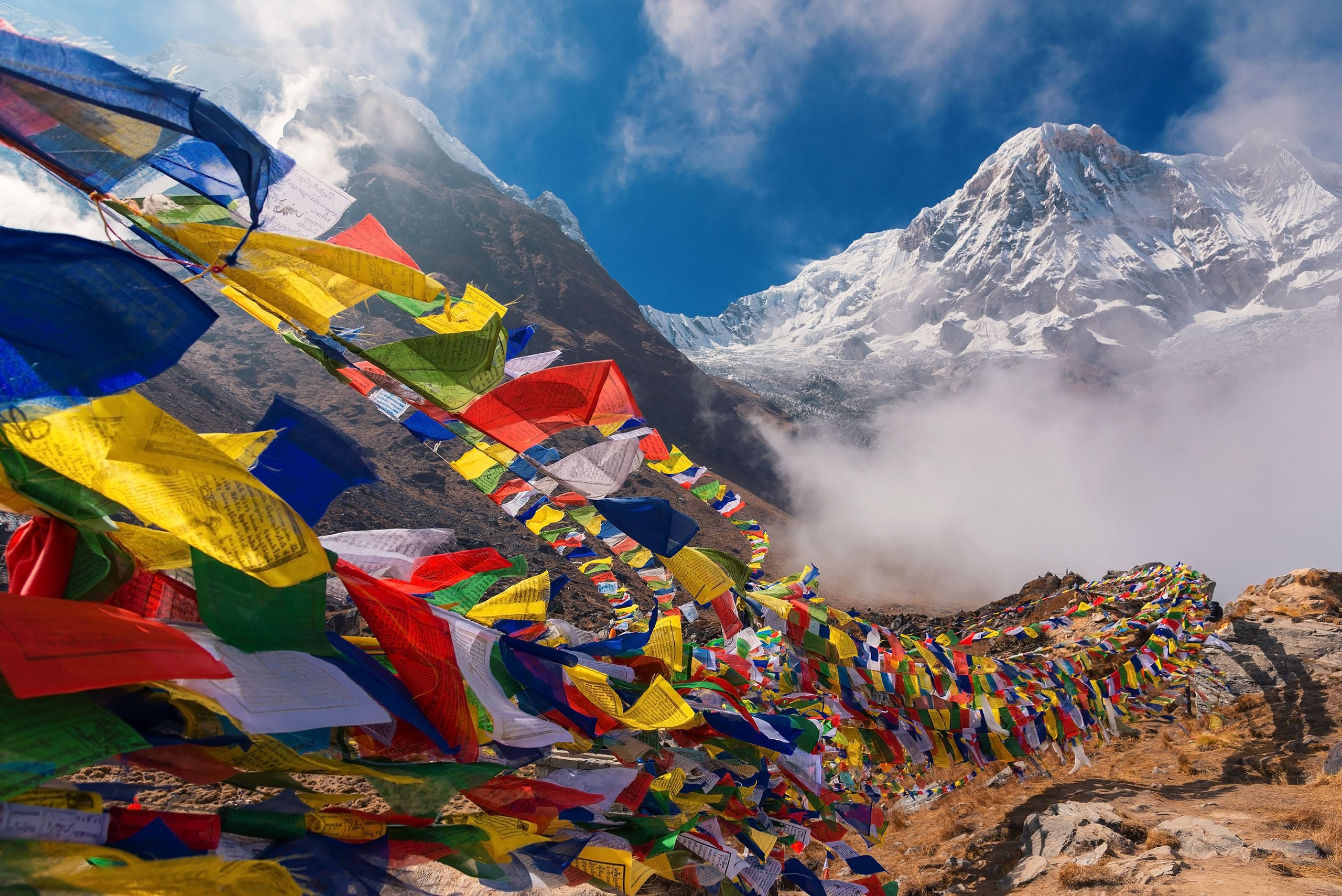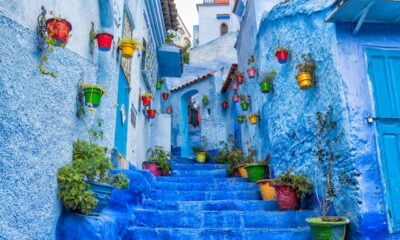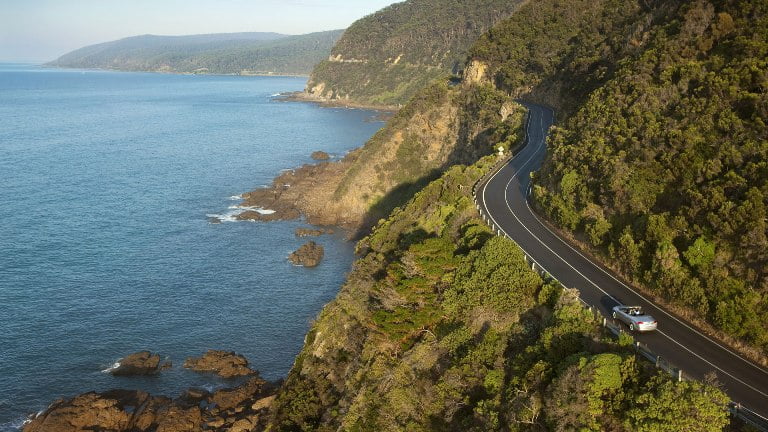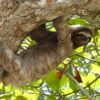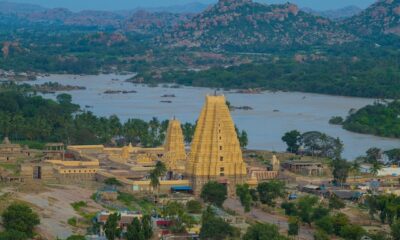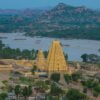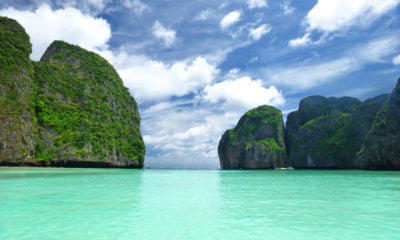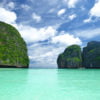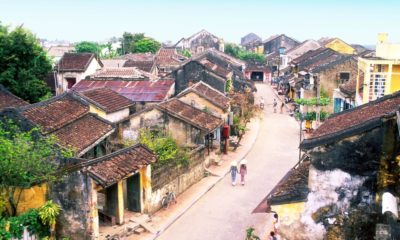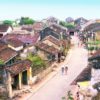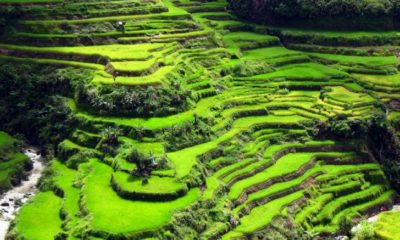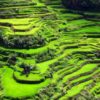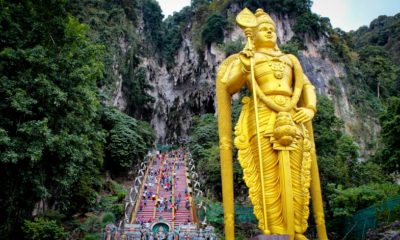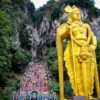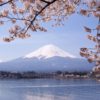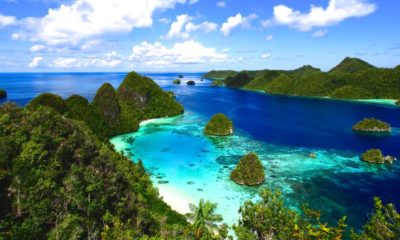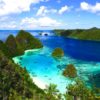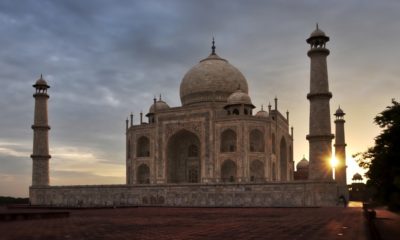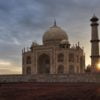Travelling Nepal – Top Tips and Places to Visit
Nepal is a beautiful country, where you can do so many different things; from trekking the Himalayas to seeing a tiger (if you’re lucky) on safari. Here’s a complication of information it would have been useful to know beforehand if I were travelling here again for the first time, including some ideas on an itinerary to the major tourist areas.
This post is based on our first hand experiences. For more general advice see our Nepal Basics Guide.
Nepal Basic Traveller Information
Nepal Entry Requirements
I’d advise researching the specific entry requirements from the country you’re a resident of; your applicable government website (UK GOV website) is a good place for information. We travelled from the UK and applied for an ‘Electronic Travel Authorisation’ from the Nepalese immigration department website a few weeks before we flew to Kathmandu. This was not an application for a VISA, but the initial form filled out to authorise us to then apply for the VISA at immigration.
Once we arrived in Kathmandu airport, we went to the ‘VISA cash desk’ where you must show the application and then pay for the type of VISA you require. You can pay for this in USD, but make sure you have cash for this because they don’t currently accept card payments. Once paid, you’ll then be given a slip to pass to the immigration desk, who will then issue you with the VISA and entry to Nepal.
If you haven’t completed the authorisation form beforehand, it’s fairly easy to go to the computers in immigration and fill out this form, taking a photo of it to then show the person on the cash desk.
Do they accept cards in Nepal?
The currency in Nepal is rupees. We didn’t exchange any money before arriving in Nepal and used one of the many exchange counters in the arrivals lounge to exchange some USD to rupees. These exchange counters generally didn’t accept card payments, so it is better to bring some cash with you to do this, or just exchange before arriving.
We found lots of places accepted card payments in Nepal, from hotels to restaurants and some of the shops. For example, all the hotels/hostels we stayed at accepted these. However, most places that accepted card also added a transaction charge that varied between 3 to 5% of the total bill. It was common for smaller restaurants and shops not to accept card payments, so it is helpful to have some rupees in cash. For all the taxis, we had to pay in cash.
There were ATMs available to withdraw cash, which were plentiful within the cities, but not in more rural areas, so make sure you’re prepared. Also, all the ATMs we withdrew cash from charged a commission of 625 rupees, which was a fixed fee regardless of the amount we withdrew.
Travelling around Nepal on Private and Public Transport
Taxis and Private Vehicles
Taxis were abundant when we arrived at Kathmandu airport but expect for the taxi drivers to all be trying to get your business. There was a desk within arrivals for pre-booking taxis, however this was significantly more expensive than going outside to the car park and arranging one ourselves. The cost we paid is around 1,000 rupees from Kathmandu airport to the centre of town (we were heading to the main commercial and tourist area; Thamel).
We didn’t use any taxi apps when we were here and walking around cities, it seemed like it would be quite easy to get a taxi as the drivers frequently asked if we wanted one. When we did need a taxi, we tended to ask the hotel/hostel we were staying in to order this as it was easier.
Whilst staying in Kathmandu, our hotel organised drivers for the day who drove us on a set itinerary and fixed price to see the sites. This didn’t include a guide, but we found this was the easiest way to get around quickly. Depending on where we were going, the cost was between USD 40 and USD 50 a day. You pay for the driver for a set period of time essentially, they will wait for you at your chosen location, which was easier than trying to arrange taxis between each destination. If you’d like a guide too, there were several people at the entrance of the sites offering this service for a fee.
Bus
The main tourist routes by road run between Kathmandu, Pokhara and Chitwan, and we travelled between these places on the ‘tourist’ bus. It is an epic route that runs through the mountains, but don’t expect this to be a smooth ride as the roads are very bumpy, however the bus journeys were part of the experience for us.
It was defiantly worth paying a little bit more for a luxury tourist bus, which costs around £10/$12 per person. These are comfortable, with large sofa seats and air conditioning, and are often driven more carefully and better maintained. With the roads being mountainous, however, they can be prone to traffic jams caused by landslides so make sure you leave plenty of contingency time if you choose to travel this way. For example, on the bus journey from Pokhara to Kathmandu we were at a standstill for 90 minutes as a boulder had fallen into the road in front of us.
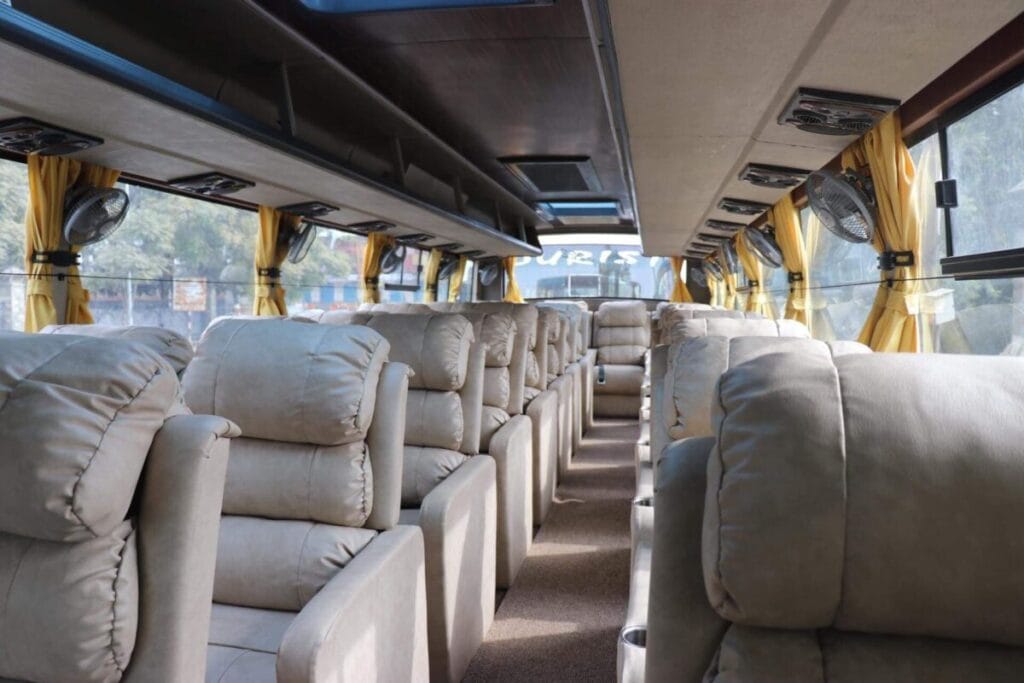
Air
We personally didn’t fly domestically in Nepal, so can’t provide that much advice. However, you can get domestic flights between all major tourist places, and on light aircrafts to popular trekking starting points such as Everest Base Camp, which might be a good option if you’re stretched for time. It is worth noting though that all regional airlines in Nepal are banned from entering Western Airspaces such as the UK and EU for safety reasons, which is another reason we chose the bus.
Be sure to read our advice about getting around anywhere in the world.
Eating Out in Nepal
Food is pretty cheap in Nepal if you are travelling from a Western country. For two people, we could get two soft drinks, two curries and some naan/roti for around 1,000 rupees, which at the time of writing, is less than £6/$7.50. Obviously, there are a lot of different restaurants you can choose, but even the most expensive place we ate at cost less than £20/$25 for two people.
Most places served alcoholic beverages, but this would significantly increase the bill. A large bottle of Nepalese beer cost between 600 to 900 rupees (the same price as a meal), depending on the setting. Lots of places had international and domestic spirits, the smallest measure generally being 60ml. I particularly enjoyed the Khukri dark rum, which was around 400 rupees, so often cheaper than drinking beer.
Can you Drink the Water in Nepal?
Tap water is not safe to drink in Nepal. I would advise following the latest health guidance in relation to the safety of drinking water in any country you’re travelling to, you can also read our general health advice whilst travelling. We did not drink the tap water while in Nepal. Bottled water is easy to obtain, but ensure they have a plastic seal around the cap to show that it hasn’t been tampered with. Bottled water is generally processed through reverse osmosis and ultra-violet purification to make it safe to drink.
In several of the hotels we stayed at, they had a water cooler containing filtered water that we could fill up our bottle with, which was really useful. However, this is subject to availability, and I would always recommend you check where the water has come from before drinking it.
Top Places to Visit in Nepal – Our 2 Week Trip Itinerary
Kathmandu region
There are lots of tours that you can book online to go to these places, but we decided not to arrange these before arriving in Kathmandu. We arranged these through our hotel, but there are countless tourist offices in Thamel that will help to arrange these tours for you, although if you like to plan this in good time beforehand, these are also available on tourist sites like Viator, but expect to pay a premium if booking through these.

Lots of people seemed to use Kathmandu as a starting point to go elsewhere, for example trekking (notably Everest Base Camp), but there are some interesting sights to see here so I’d recommend staying at least a few days to see the city before travelling onward.
Thamel/city centre
Kathmandu has an international airport, so is often the easiest place to start a trip to Nepal. Landing here is exciting as the airport is right in the middle of the city. This lively city is the capital of Nepal and a must see if you’re visiting. We stayed in the Thamel area, which was walking distance to Kathmandu Durbar Square and it was a fun city to just walk around and immersive ourselves in the hustle and bustle.
There are lots of coffee shops, squares with temples, street food and general activity going on in the Thamel district. We quickly learned that the roads were very narrow, often with no pavement, and it was best to walk on the left hand side since this is the side of the road they drive in Nepal. One of the most popular dishes to eat is Mo Mo, which are a kind of dumpling that you can have steamed or fried. These were mainly stuffed with vegetables or chicken, but we also saw ‘mixed’ (which we think was a mixture of chicken and vegetables) and buff, which contained buffalo meat.
Kathmandu Durbar Square
Durbar square in Kathmandu is one of three squares of the same name, and are UNESCO world heritage sites. This is a series of temples dating from the 4th to 8th century. As a foreigner, you have to pay a fee to enter the square, so beware if you need to cross this to get back to your hotel, you may have to pay a fee.
Chandragiri Hills cable car
The Chandragiri Hills cable car is located on the edge of the city, and takes you up to the top of a neighbouring hill to Kathmandu. This offers amazing views, and even has a beer garden at the top if you fancy a pint. You can see if the top is in the clouds, which would of course mean the view would be impaired from the top. Although it was fun to go up in the cable car, we saw great views from so many different areas that it might not be worth the money. You can, on a clear day, see Everest from a distance, but it might be just as good to see this from Nagarkot.
Nagarkot
The small town of Nagarkot lies on the outskirts of Kathmandu, and takes around an hour drive to get there. The road winds up the mountain side and can be bumpy at times. This is famous for the viewpoint of the Himalayas, and on a clear day, you can see Everest. We didn’t visit the actual town, but stopped at a viewing point, which contained a metal structure to climb and see the view. To get to the top, you have to climb a ladder, so proper shoes are advised.
There are tours that will take you to Nagarkot for sunrise, and various easy treks you can take here too. The clouds usually dissipate in the night, so sunrise can be a more reliable time to see the snow-capped mountain view. However, this isn’t guaranteed and depends on the weather and the season in which you’re visiting.
Swayambhunath monkey temple
This is an ancient Buddhist temple, which sits on a hill towards the West of Kathmandu city centre, and is one of the most iconic landmarks of Kathmandu. It contains a series of stupa, which are accessed by climbing a staircase. This was well worth the climb as there is a lovely view of Kathmandu from the top. This is also the home to lots of monkeys, who have been residing here for centuries, and wander round the stupa with you. These left us alone, although we didn’t have any food that they may have wanted, although we did see one snapping at a child who had got too close. I think if you respect their personal space, they will respect yours.

Changunarayan
The small village of Changunarayan can be visited on a tour to Nagarkot, as this is nearby. Tourists have to pay a small fee to enter the village, where you’ll be greeted by a street lined with stalls from villages selling their crafts in wood, stone and metal ware.
Walking to the end of the street, you will find an ancient Hindu temple, which is a UNESCO world heritage site and if beautifully decorated in bright colours. We did not visit during high season, and so the village had a peaceful air to it, and sits on top of a hill with amazing views.
Bhaktapur
Towards the East of Kathmandu lies the city Bhaktapur, founded in the 12th century and is the smallest and most densely populated city in Nepal. Tourists have to pay a fee to enter the city, which is purchased from an office outside the city walls. Once inside, you’ll need at least an hour to wander around the various temples, narrow streets and shops of Bhaktapur. You’re given a map to navigate, although there were several very persistent guides that wanted to give us a tour once we got inside. We preferred to walk around ourselves.

There are four different squares to explore inside the complex. This is one of the most visited sights in Nepal so expect some crowds during peak season. We escaped the heat by having a coffee from the top floor of a coffee shop in one of the squares and then watching the activity below.
Chitwan National Park
Chitwan National Park is a 5-to-6-hour bus ride from Kathmandu. See above for how to get around Nepal by bus. We travelled here in September, and due to the lower altitude of Chitwan, the temperature was noticeably higher, as was the humidity.
We had booked a safari tour through Viator, which was a 4-day (3 night) package which included the tourist bus from Kathmandu and the tourist bus for your onward journey either back to Kathmandu or to Pokhara.
The national park is famous for its one-horned rhinos and contains one of the largest rhino populations in the world. It is also famous for the elusive Royal Bengal tiger. The tour we booked included accommodation in a hotel for 2 nights and one night in a jungle lodge. Helpfully, we didn’t have to check out of the hotel room while travelling to the lodge, so could just take a small rucksack and leave our main luggage there. Included in the package was all food (breakfast, lunch and dinner), travel and guides.
Activities we did during the tour included a guided walk to the local village to watch the sunset, canoe ride, jungle walks and a 3-hour jeep safari in the main park area.
The hotel we stayed in was one of 4 the tour operator works with, but I’d recommend looking whether this is likely to have a pool to bring some swimwear as ours did and it was lovely to escape the heat!
Canoe trip
Our first morning involved a short drive to the water’s edge to board a locally made canoe, and float down river to watch the wildlife. These canoes are made of a single piece of wood, and you are sat once behind each other on stools, with someone paddling and directing the canoe along the river.
The main animal to see on the water (and water’s edge) is the crocodile. It was amazing to get so close to these immense creatures. There were two types of crocodile to see; the mugger (the more dangerous of the two, and rests underwater by the side of the shore, attacking animals like deer) and the gharial (this has a long, thin snout with large protruding teeth, is very rare and only eats fish). Aside from the crocodiles, we saw a lot of different bird species, and it was a relaxing start to the morning despite being metres from the jaws of a crocodile.
Jungle walks
The monsoon season runs in Nepal to the end of August, and we travelled here in September. The jungle walks were conducted by an experienced guide and is an opportunity to see some amazing wildlife. The ground was still very wet however, so waterproof shoes would have been useful given we had to go through very muddy paths where our shoes were engulfed.
Jungle lodge overnight stay
There are several jungle lodges in the national park, the one we stayed at was a 45 minute walk from the hotel through the jungle. This was an incredible experience, and we saw a rhino and several elephants while staying here. The room had a proper double bed, a fan and a western toilet that was shared with the other residents of the lodge.
A headtorch would be helpful to bring with you. This will make it easier to walk around the lodge after dark, since this is on several stories and the bathroom was on the floor below in the one we stayed in.
Jeep safari
The jeep safari took us through the national park and lasted just over 3 hours. We had a short rest break during this time. As with any safari, it is the luck of the draw as to what animals you may see. We were lucky to see several rhinos, in different parts of the park, various species of deer and elephants. In September, monsoon season has just ended, meaning the vegetation is very lush and the grasses in the park have grown tall. This means that animals can be more difficult to spot given they may be within the grass, which is taller than them. We didn’t see a tiger during our trip and were told it’s easier to see them when it is dry season and the grass isn’t as tall.

Elephant breeding centre
Our tour included a visit to an elephant breeding centre, however the guides are aware that some people do not want to visit this and we chose not to. We did, however, have to walk through here to reach the jungle lodge.
Sauraha
Our tour involved attending a cultural dance in Sauraha on the last night, which involved a short drive to the town. This turned into quite an experience given that towards the end of the performance, our guide rushed in to tell us to go outside. There was a rhino walking through the street! It was a sight like nothing we’d seen and a poignant reminder that the animals of Chitwan national park are having to learn to coexist with the rapidly changing environment humans are creating.
Chitwan National Park is a magical place and a must see if visiting Nepal, tiger or no tiger.
Pokhara
Pokhara is a popular tourist city towards the west of the country. This is easily accessible by bus from Kathmandu or Chitwan. We travelled here on the tourist bus from Chitwan, the cost of which was included in the safari tour. This took around 6 hours to travel to, and the roads are bumpy with lots of roadworks. Don’t look at the time to get there on google maps as in reality it will be a lot longer.
We hadn’t booked any activities in Pokhara before arriving, and found it was easy to arrange these either through our hostel or the numerous tourist offices throughout the city. We got much better deals through doing this.
Pokhara lakeside
Pokhara is a beautiful city centred around Fewa Lake. On a clear day, the city is surrounded by the snow-capped mountains of the Annapurna range, which is an amazing sight to behold. We travelled here in September and over the span of a week were able to see the mountains through the cloud around 50% of the time. This time of year was the shoulder season, so a lot less busy, which we enjoyed, but did mean a lot more cloud covering the mountain tops, and a warmer temperature than going in the peak seasons.
The main tourist area is located around the lakeside, however there are various places to stay in the hills surrounding the area, offering a quiet retreat and possibly some TLC after a long trek.
The most popular activities in Pokhara are paragliding, water rafting and trekking. The cost of these depends on the season in which you are travelling.
Paragliding
Pokhara provides an amazing landscape to go paragliding, and in September we paid 5,000 rupees per person (£25/$30) to do this. There are lots of different providers that run this activity, and it is worth looking online at reviews before booking. Our tour provider (Advance Paragliding) included a pickup from our hostel, and involved a short drive to the hill side where the paragliders take off. We were told they have to wait until after 11am to take off to ensure there are good thermals to provide the lift required to ascend high over the valley. The launch side seemed quite chaotic as several tour operators use the same spot, however you are assigned a paraglider who you will fly in tandem with. Our tour provider filmed us with go-pros during our flight and then transferred this straight to our phones after, which was all included in the cost.
Trekking
It is obvious when you arrive in Pokhara from the numerous trekking shops that this is the main activity tourists travel here to do. Short on time, we decided to do a 3 day (2 night) hike to Poon Hill, however there are various different options of trek to choose from that were much longer. Note that Nepal is, of course, famous for the Everest Base Camp hike, however this is accessible from Kathmandu as it is on the other side of the country to Pokhara.
The Poon Hill trek route started from Nayapul, where we got a taxi to from Pokhara centre and took around 1.5 hours to drive to. On day one, we walked to Ulleri, which was a climb of around 1000m. This is generally an easy hike apart from the last 2 or so hours where you have to climb 3,200 steps to get to Ulleri, where our first tea house was located.
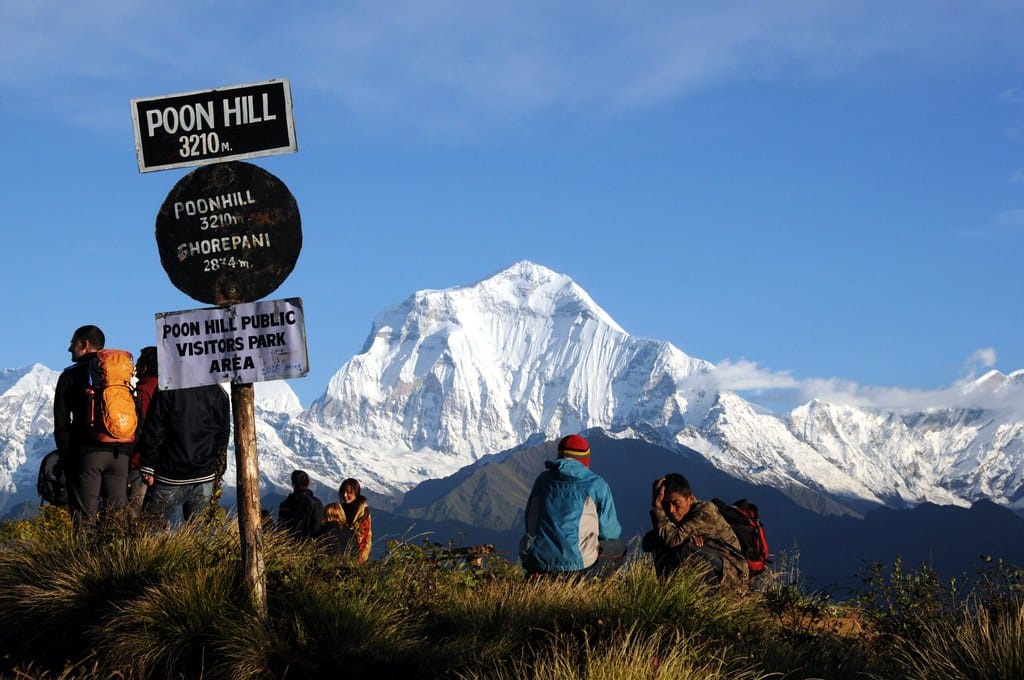
On day two, we walked to Ghorepani, which was a steadier climb and another 1000m ascent. We stayed in our second tea house here and had an early start to leave at 5am to walk the remaining 400m to the top of Poon Hill to watch the sun rise.
We were lucky that the sky was clear and we could see the Annapurna mountain range, including the snow-capped summits in their full glory. However, the day before, we learned it was cloudy and they couldn’t see anything. The weather is more reliably clear during dry season, but it was a lot quieter when we went, so I think this is swings and roundabouts. I think if we hadn’t seen the mountain range at the top of Poon Hill after trekking there over 3 days, we would have been disappointed.
The rest of day 3 involved trekking back down to near Nayapul and getting a jeep back to Pokhara. Be warned that the climb down from Ulleri was hard and we felt our legs aching for days after!
We paid USD 450 in total (for 2 people) for the trek, which included two nights at tea houses, the trekking permits, breakfast, lunch and dinner, our transport and our guide for 3 days. We booked this through our hostel. In hindsight, we could have done this trek ourselves since it was fairly well sign posted and we saw many people doing this along the way. It was comforting, however, to know that the guide knew to take us the best way given the season we were walking in and we could just enjoy the scenery rather than worry about which direction to go and where to stop.
We hadn’t taken proper hiking shoes with us as we were travelling on a longer trip and didn’t want to have to carry these around for the rest of the time, but good trainers/trail runners were absolutely fine for this relatively short trek. A walking pole is advised for the steps though, our guide provided us with a handcrafted bamboo pole, but you can rent or buy them easily in Pokhara. Read more about What to Pack.
Mountain retreat and peace pagoda
On arrival back at Pokhara, we decided to go for a mountain retreat for a few nights to relax. The views were amazing, and it was lovely to watch the clouds clearing to reveal the mountains, with Eagles circling and butterflies fluttering around you. This was also where the Peace Pagoda was situated, which also provides amazing views. Beware the insects, we got bitten more up here than anywhere else in Nepal!
In conclusion, Nepal is perfect for a more adventurous trip, whether you’re travelling on your own, in a couple or a group. You don’t have to do a serious trek to come here as there’s plenty to enjoy without the walking. The people are friendly, the food is delicious, and the views are spectacular.


